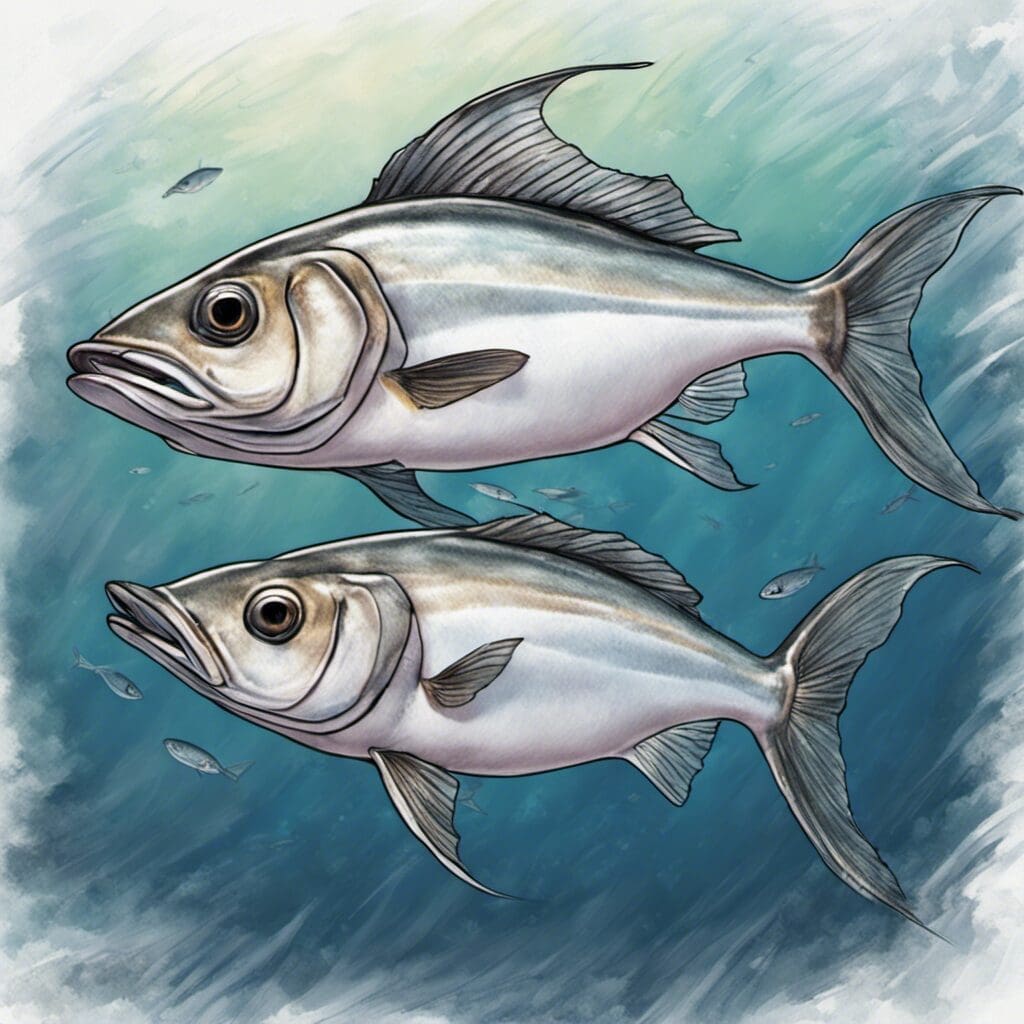Introduction
The Milkfish, scientifically known as Chanos chanos, is the only existing species in its Family – Chanidae. Indigenous in the warm waters of the Indian Ocean and across the Pacific Ocean, this species is an important seafood in Southeast Asia.
Conservation Status
The current status of the Milkfish is not evaluated under the International Union for Conservation of Nature (IUCN) Red List criteria. This is largely attributable to its broad geographic range, high overall numbers, and lack of any sudden population decline.
Statistics
| Statistical Aspect | Average | Range |
|---|---|---|
| Length | 1m | 0.8 – 1.2m |
| Weight | 14 kg | 3kg – 14kg |
| Average Lifespan | 15 Years | – |
Distribution
Milkfish are found in the regions adjoining the Indian Ocean and across the Pacific Ocean. Notable migration patterns see these fish moving between saltwater and freshwater habitats throughout their lifecycle.
Habitats
Milkfish enjoy brackish water environments like estuaries and mangrove forests, as well as both fresh and saltwater. They prefer warm temperatures between 20 to 30 degrees Celsius.
When and Where to See
They are typically seen near coastal reef environments, often in large schools. The best time to observe is during the day when they are most active.
Best Fishing Locations and General Tips
Top Fishing Spots
Philippines, Indonesia, and Taiwan boast some of the world’s densest milkfish populations and are considered premier fishing destinations.
Finding Milkfish
Look for telltale signs like water disturbances and large, circling schools. Milkfish are known to graze in shallow waters, simplifying their identification.
How to Catch
Hook and line fishing methods are most effective. Live earthworms or algae make for excellent bait.
Identification Guide
Milkfish are a sleek, elongated fish with a generally silver coloration. This species boasts a unique, forked caudal fin and a small mouth with no teeth.
Culinary Aspect
Cooking
In the Philippines, a popular cooking method is to grill or fry the fish. It is also made into fish balls, a common street food.
Taste Profile
Milkfish has a rich, subtly sweet flavor with a firm texture. Its taste is very distinct owing to its diet of algae and other plant material.
Nutritional Information
This fish is a good source of protein and Omega-3 fatty acids. According to the USDA, a 3-ounce serving contains about 22 grams of protein and only 1 gram of saturated fat.
Additional Information
Behavior
These fish are omnivorous, but they primarily consume a diet of algae and small invertebrates.
Predators and Threats
Natural predators include larger fish species like sharks. Human-induced habits such as overfishing and pollution are significant threats.
Cultural/ Historical Significance
Milkfish farming has been a significant economic contributor in the Philippines for centuries. It is a symbol of the strength and resilience of Filipino fisher folks.
References and Further Reading
1. FAO Corporate Repository. (N.d.). The milkfish, Chanos chanos: State of the art.
2. Moyle, PB (1996). Inland Fishes of California. University of California Press
3. Yap, William (2016). “Stabilizing the Philippine Milkfish Industry”. Agriculture Monthly.
4. FishBase. Chanos chanos, Milkfish

